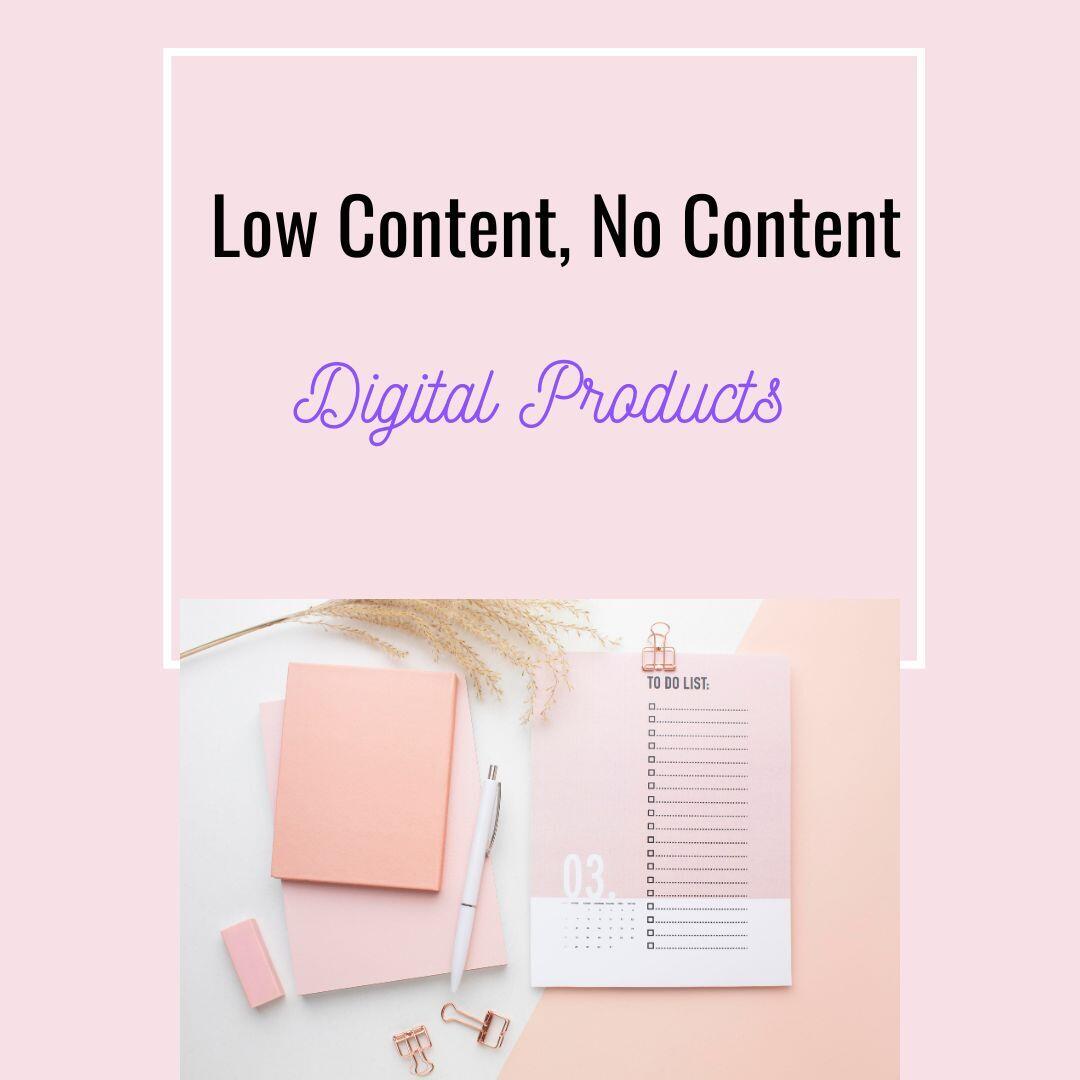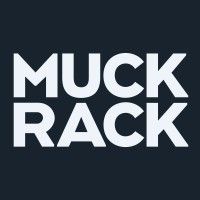How to Easily Create and Sell Digital Products
Do you know that in today’s digital world, online entrepreneurship has opened up exciting possibilities for creatives like you and me? One lucrative opportunity is creating and selling digital products, specifically a printable. What is a digital printable, you ask?
Firstly, digital printables are downloadable products, often in the form of PDFs or JPEGs, that customers can print at home or use digitally. Digital products are very versatile, ranging from planners and wall art to worksheets, templates, and journals, and appeal to both creators and consumers.
In this blog post, I will share with you the steps to easily create and sell digital products(printable focus), unlocking the potential for a thriving online empire.
Growing Demand for Digital Products: A Digital Revolution

In recent years, there has been a significant increase in the demand for digital products, including digital printables. This boost in popularity is driven by various factors that have changed the game for the way we consume and interact with information and products in the digital age.
Here are 7 reasons why Digital Products are the ish.
1. Convenience and Instant Access:
Digital products offer incomparable convenience to consumers. With just a few clicks, users can access and download their desired digital content.
We no longer have to wait for shipping or physical deliveries. Whether it’s a printable planner, an e-book, or online courses, digital products provide immediate gratification, catering to our fast-paced, on-the-go lifestyles.
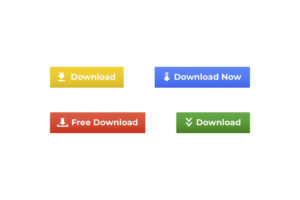
2. Environmentally Friendly Choice:
The appeal of digital products extends beyond convenience; it also aligns with eco-conscious consumer behavior. Furthermore, when I became a Digital Creator, I never thought about this benefit.
Preferably I am more of a paperless gal. Digital printables, in particular, eliminate the need for physical production, reducing paper waste associated with traditional printing processes.
This environmentally friendly aspect resonates with consumers who love the idea of a paperless product.

3. Cost-Effectiveness:
Digital products are often relatively more inexpensive than their physical counterparts. I have two versions of my book on Amazon – one digital and one physical, to give readers the best option for themselves.
Furthermore, I like that as a creator, I can avoid production costs, inventory expenses, and shipping fees. This affordability makes digital products an attractive choice for shoppers who are sticking to a budget.

4. Infinite Reproducibility:
This is one of my favorite benefits. Once a digital product is created, it can be duplicated, and I can sell it repeatedly.
This scalability empowers creators to reach a vast audience while maintaining high-profit margins. This is after we’ve put in the HARD, HARD work. High profit margins do not happen overnight!

5. Global Reach and Accessibility:
The accessibility of digital products makes them easily purchasable from anywhere, breaking down geographical barriers. Creators can connect with an international audience, expanding their reach and impact on a global scale. It always surprises and excites me when I see people from all over the world on my email list!
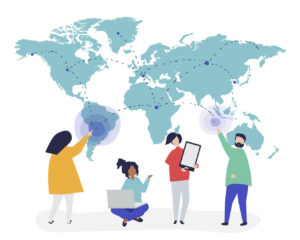
6. Diversity and Creative Freedom for Creators:
For creators, digital products offer incomparable creative freedom. We creators can do whatever we want, and I love it! We can design, modify, and update our products as we please and with ease!
Keeping up with market trends gives us the ability to adjust and assess customer feedback promptly. Additionally, this flexibility encourages innovation in digital content creation.
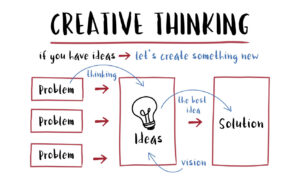
7. Minimal Overhead and Risk:
Launching a digital product includes minimal overhead costs, reducing financial risk for creators. A new listing on Etsy costs about 0.20 cents. You can’t beat that!
Moreover, with no physical inventory to manage, we as creators can experiment with new ideas without breaking the bank. This encourages our entrepreneurial endeavors and supports the diversity of digital content creation.

The potential income stream from creating and selling digital products(printables).
Selling digital products/printables offers an enticing and potentially lucrative income stream for creative entrepreneurs. As the demand for digital products continues to grow, digital printables have become a popular choice for consumers seeking instant access to valuable and visually appealing content.
Here are some key aspects of the potential income stream from selling digital printables:
1. High-Profit Margins:
Digital printables have high-profit margins due to their low production costs. Once a digital product is created, it can be sold repeatedly without incurring additional expenses.
I touched on this a little bit previously in the article. Additionally, this scalability allows creators to enjoy a significant return on investment for each sale in due time. I repeat this will not happen overnight, so be patient!

2. Passive Income Opportunities:
Once a digital printable is listed for sale on an online platform, it can generate passive income for the creator. With minimal ongoing effort required for maintenance, creators can earn income while focusing on other aspects of their business or pursuing new projects. Let’s be clear that you’re not going to list a printable today, and it becomes passive the next day. This only happens when you already have tons of traffic and have built enough authority in your space. In other words, that is not how it happened to me.

3. Diverse Product Range:
I covered this at the beginning of the article (Growing Demand for Digital Products, Step 6)
4. Global Market Access:
I covered this at the beginning of the article (Growing Demand for Digital Products, Step 5)
5. Repeat Purchases and Customer Loyalty:
Providing high-quality and valuable digital printables can lead to repeat purchases from satisfied customers. Building a loyal customer base creates long-term relationships, increasing the likelihood of recurring sales and positive word-of-mouth referrals. We really want to capitalize on this step because it is a game-changer.

6. Collaboration and Affiliate Opportunities:
As digital printables gain popularity, creators may have the opportunity to collaborate with influencers, content creators, or other businesses. I use this strategy myself. I’ve collaborated quite a few times with one of the best to ever do it in the digital space, Val Selby.
She loves printables and is the Queen of Bundle giveaways. Such partnerships can expand the reach of their products and open doors for affiliate marketing arrangements (I am an affiliate for Val Selby), further boosting income potential.

7. Scalability and Expansion:
The digital nature of printables allows creators to scale their business efficiently. As our brands and customer base grow, we can introduce new products or variations of existing ones, tapping into evolving trends and expanding our income stream. Consumers are more inclined to purchase our new products once they know, like, and trust us.

8. E-commerce Platforms and Marketplaces:
Many e-commerce platforms and marketplaces cater specifically to digital products, making it easier for us creators to show off and sell our printables. These platforms handle payment processing and file delivery, streamlining the sales process and saving us creators time and effort. I will give you a list of e-commerce platforms later.

Understanding Digital Printables
Various Formats of Digital Printables:
Digital printables are available in various formats, each suited for different purposes and applications. Here are some common formats used for creating and distributing digital printables:
1. PDF (Portable Document Format):
PDF is one of the most popular formats for digital printables. It preserves the layout, fonts, and graphics of the document, ensuring consistent viewing and printing across different devices and operating systems.
PDFs are versatile and can be interactive, allowing users to fill in forms, add notes, or click on links within the document. This is the only form of digital product that Tarafied Publishing has created so far.
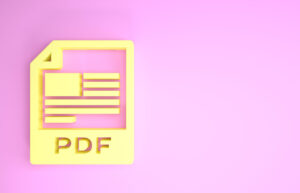
2. JPEG (Joint Photographic Experts Group):
JPEG is a widely used format for image-based digital printables. It compresses images to reduce file size without compromising image quality significantly. JPEGs are suitable for art prints, posters, and any visual content where high-resolution images are essential.

3. PNG (Portable Network Graphics):
PNG is another popular image format for digital printables. It supports transparent backgrounds, making it ideal for designs with intricate details and overlays.
PNGs are commonly used for graphic elements and designs that require crisp and clean visuals. I normally use PNG when downloading images from Canva.

4. DOCX (Microsoft Word Document):
DOCX is the format commonly associated with Microsoft Word documents. It is suitable for text-based printables like worksheets, checklists, and templates.
Canva is great for Checklists and worksheets as well. We as Creators can easily edit and customize DOCX files to tailor them to their specific needs.
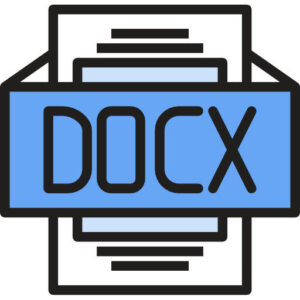
5. XLSX (Microsoft Excel Spreadsheet):
XLSX is the format used for Microsoft Excel spreadsheets. It is ideal for data-driven printables like financial planners, budgets, and trackers. Users can input data and perform calculations within the file.

6. SVG (Scalable Vector Graphics):
Honestly, I’ve never even heard of this one. From my research, SVG is a vector-based format suitable for scalable digital printables, such as logos and illustrations. SVG files can be resized without losing image quality, making them versatile for various applications.
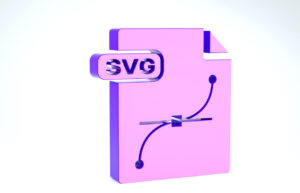
7. ZIP (Compressed Archive File):
ZIP is not a printable format itself but rather a compression format used to package multiple files together. We Creators often use ZIP files to bundle several digital printables into a single downloadable package. This makes files convenient for customers.
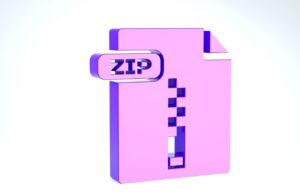
The Benefits of Digital Products Over Physical Products
In the modern digital age, digital printables offer numerous advantages over traditional physical products. These benefits have contributed to the rising popularity of digital printables among both creators and consumers.
Let’s explore the advantages of digital printables and why they have become a preferred choice in various industries:
1. Instant Access and Convenience:
(Covered this step at the beginning of the article: Growing Demand for Digital Products: A Digital Revolution, Step 1)
2. Cost-Effectiveness:
(Covered this step at the beginning of the article: Growing Demand for Digital Products: A Digital Revolution, Step 3)
3. Environmentally Friendly:
(Covered this step at the beginning of the article: Growing Demand for Digital Products: A Digital Revolution, Step 2)
4. Infinite Reproducibility:
(Covered this step at the beginning of the article: Growing Demand for Digital Products: A Digital Revolution, Step 4)
5. Storage and Organization:
Digital printables save physical space since they do not require storage like traditional products. When I order author copies of my physical books from Amazon, I have to store them at home until I sell them, which can be a pain.
Consumers and Creators can store numerous digital files on their devices without cluttering their physical space. Additionally, digital products can be organized and categorized easily, making it convenient for users to access and use them.
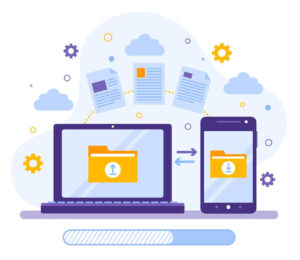
6. Easy Updates and Modifications:
Digital printables can be easily updated or modified by us creators. If there are errors or improvements to be made, we creators can quickly make changes and provide customers with the latest version.
Additionally, this flexibility allows for continuous improvement and ensures that customers receive the best possible product.
On the other hand, once a physical book is printed on Amazon, no further updates can be made to the manuscript. My first book has a few typos.
I just wanted to show my human side. Simply put, both my eyes and Grammarly did not catch the errors.

7. Global Accessibility: Covered this at the beginning of the article (Growing Demand for Digital Products, Step 5)
8. Interactive Features:
Certain digital products, like PDFs, can include interactive features, such as clickable links, fillable forms, or embedded multimedia. This interactivity enhances the user experience, making digital printables more engaging and functional for customers.
My team and I create interactive versions of digital printables for female business owners.
Moreover, digital printables are a great way to increase lead generation for your business, which is why my team does this for female business owners!

Final Thoughts: A Digital World of Creativity and Accessibility
Creating and selling digital printables, offered in various formats, has transformed the way we create, access, and share valuable content. From PDFs and JPEGs to DOCX and SVG, each format serves a unique purpose, catering to diverse customer needs and preferences.
In fact, with their instant accessibility, cost-effectiveness, and creative possibilities, digital printables have become a favorite choice for both us creators and consumers in the digital era. I’ve only created PDFs so far, but I can’t wait to explore the various formats for digital products.
This article is becoming incredibly long, so I will pick up with part II, part III, and part IV, if needed, in my next blog post.
If you would like to speak with me about creating your digital products before my next blog post comes out, you can book a call with me, HERE.
Frequently Asked Questions
There are numerous types of digital products you can create and sell, including:
E-books: Ideal for sharing your expertise on a specific topic.
Online Courses: Perfect for in-depth teaching with video tutorials, quizzes, and assignments.
Printables: Such as journals, planners, calendars, and art prints.
Creating digital products requires specific tools depending on the type of product:
E-books: Use tools like Microsoft Word or Google Docs and design tools like Canva or Adobe InDesign for formatting.
Online Courses: Platforms like Teachable, Thinkific, or Kajabi provide comprehensive tools for creating and hosting courses.
Printables: Design software like Adobe Illustrator, Photoshop, or Canva is ideal.
Build a Website: A professional website is your online marketplace. Use platforms like WordPress, Wix, or Squarespace. I recommend WordPress.
Leverage Social Media: Promote your products on social media platforms like Instagram, Facebook, and LinkedIn to reach a broader audience.
Email Marketing: Build an email list and send regular newsletters with updates, offers, and valuable content.
SEO Optimization: Optimize your website and product listings for search engines to increase visibility.
Collaborations and Influencers: Partner with influencers or other creators in your niche to expand your reach.
Offer Freebies: Provide free samples or lead magnets to attract potential customers and build trust. I specialize in lead magnets!
Related Links:
How to List An Item in Your Etsy Shop
Plugin designed by RofiTech

